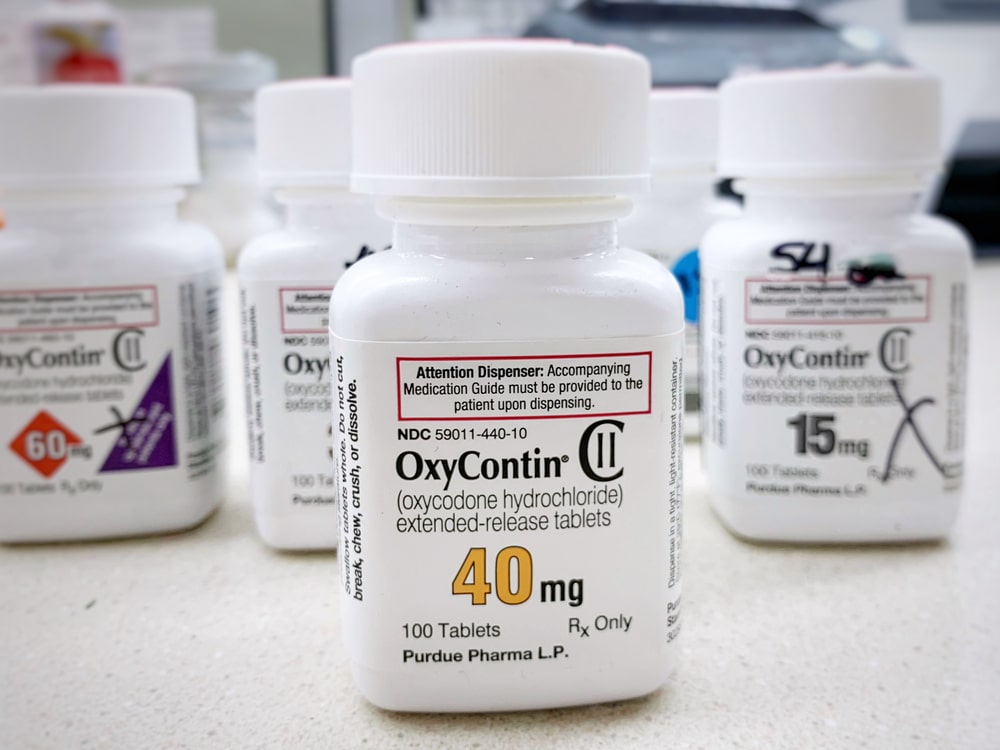
Richter Denies $ 4.5 Billion In Cash To Protect OxyContin Pusher Family From Opioid Lawsuits
The moment when the big drug companies are weighing their roles in the opioid crisis recently began to unravel. On November 24, 2020, opioid maker Purdue Pharma LP pleaded guilty to fraud and kickback conspiracies amid a spate of litigation over its role in the opioid epidemic. Purdue Pharma has filed a massive bankruptcy settlement to essentially end the majority of the litigation.
But a federal judge dismissed the bankruptcy settlement of OxyContin maker Purdue Pharma on December 16 – including thousands of individual lawsuits – based on a certain expensive provision that would have protected members of the Sackler family from their own lawsuits.
The rise of opioid drugs
The Sackler family’s Purdue Pharma company introduced OxyContin® 25 years ago, before stronger opioids started popping up everywhere, including on the streets. Documents released in 2020 show Purdue Pharma actively pushing for more pain relievers to be prescribed. It did so before America hit a “record high” in drug overdoses during last year’s pandemic, crowning decades of addiction, mainly caused by people introduced to drugs through opioids.
While a bankruptcy court in New York initially approved the bankruptcy settlement, it was quickly overturned. US District Judge Colleen McMahon said in a written opinion Thursday that the New York bankruptcy court that approved the settlement had no authority to grant the Sacklers immunity from future opioid trials.
The Sackler family – who were accused of fueling the opioid epidemic through medical perks and more – insisted on installing legal shields or releases in exchange for a cash payment of $ 4.5 billion to settle opioid litigation. Non-debtor releases protect parties who have not filed for bankruptcy themselves.
As part of the abandoned deal, members of the Sackler family would give up ownership of the company – which would continue to sell opioids – but divert profits to “fight the opioid crisis.” Under the terms of the agreement, Purdue Pharma would also develop other novel drugs for addiction and overdose and offer them at “little or no cost”.
According to the deal, the Sackler family members would split $ 4.5 billion in cash, USA Today reports, and charitable assets as part of a larger deal that could hit $ 10 billion in the future value of the new anti-addiction – Traps medication when swiveling out. In other words, Purdue Pharma would continue to make money on both ends of opioid addiction. Even WebMD, in a 2018 analysis, saw an ethical problem in Purdue making buprenorphine wafers to help address addiction caused by the same company.
An appeal is appropriate
Purdue announced in a statement released on Friday that it would appeal the decision.
“While the District Court’s decision does not affect Purdue’s rock-solid operational stability or its ability to safely and effectively manufacture its many medicines, it will delay the ability of creditors, communities and individuals to maintain billions of dollars in value and potentially end the opioid crisis said Steve Miller, chairman of the board of directors of Purdue Pharma LP. “These funds are needed now more than ever with overdose rates reaching record highs, and we are confident that we can successfully challenge this decision and provide much-needed funding to the communities and individuals suffering amid this crisis.”
The Sackler saga even turned into a live-action series, Hulus Dopesick, which asks tough questions like whether or not Purdue Pharma and the Sackler family were really responsible for their role in the opioid crisis.
The Associated Press reports that Connecticut Attorney General William Tong, who won the $ 4.5 billion deal, described the verdict as “a seismic victory for justice and accountability.” He also said the ruling will “reopen the deeply flawed Purdue bankruptcy and force the Sackler family to face the pain and devastation they have caused”.
In 2021, the opioid crisis will be worse than ever. It’s important to remember that people in severe pain still need access to opioids and are often mistaken for addicts.

Post a comment: